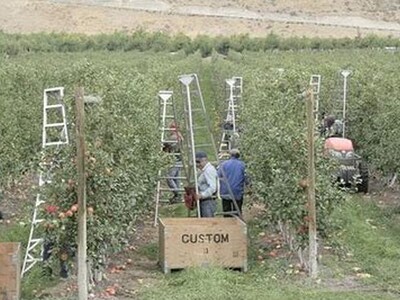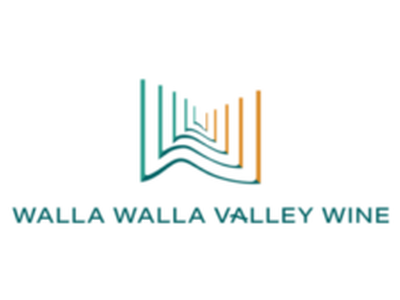Helping the Honeybee
Helping the Honeybee. I'm Greg Martin with today's Fruit Grower Report.Sue Cobey is an entomologist with WSU has a tough task...helping the honeybee thrive in these tough times. She has been working with a team of researchers to collect honeybee semen to create a strong gene pool.
COBEY: The focus of the research is we're bringing in germ plasm, basically honeybee semen from Europe, from their native range of three different subspecies because if you look at the U.S. population there's a big kind of genetic bottleneck. The initial importation was limited in 1922 so the bees we have here are from that initial population and we've haas these major collapses with tracheal mites and varrroa mite and now the so-called CCD phenomena. I look at the U.S. gene pool as my paintbox for selection.
She is hoping to bring in more genetic diversity to the U.S. honeybee population.
COBEY: Lots of studies show that genetic diversity increases fitness in honeybees, most animals. So that's basically what we're trying to do is just increase the genetic diversity of the U.S. gene pool. There's a law - and it was heavily restricted in 1922 - and that was to prevent the introduction of trachea mite which it seemed to do for quite a long time but now we have pretty much all these pests and diseases are global. Semen is the safest way to move it.
That's today's Fruit Grower Report. I'm Greg Martin on the Ag Information Network.


















